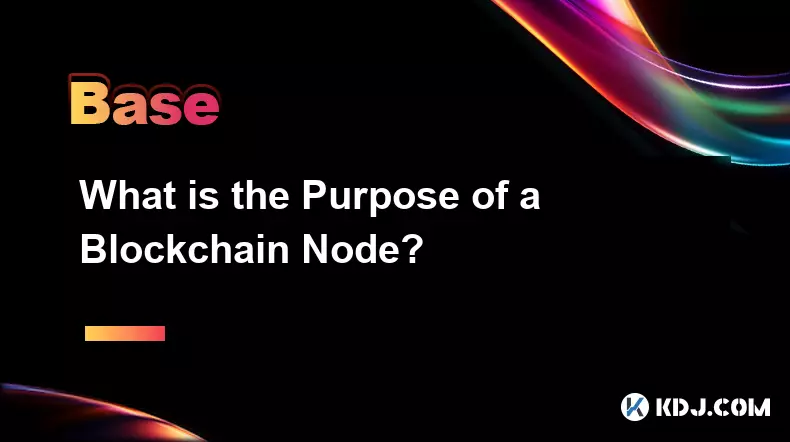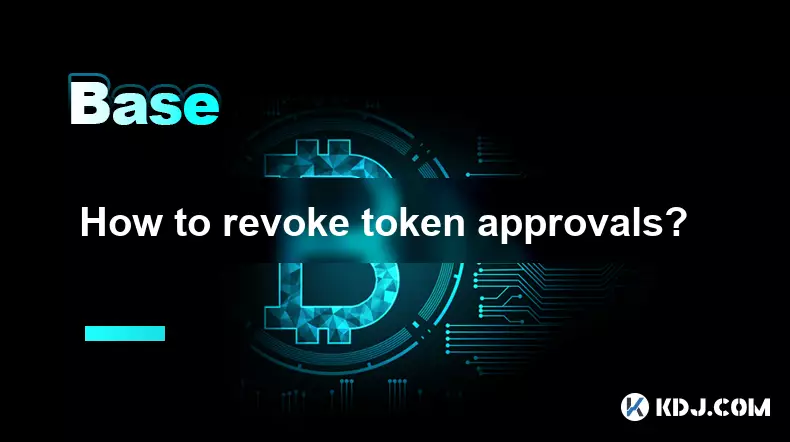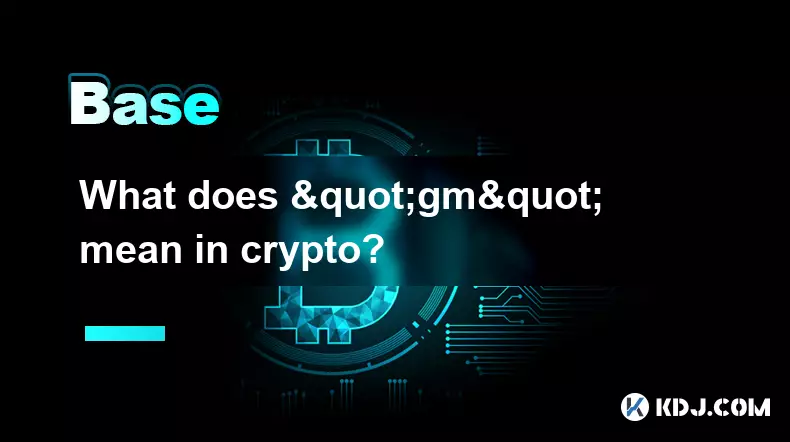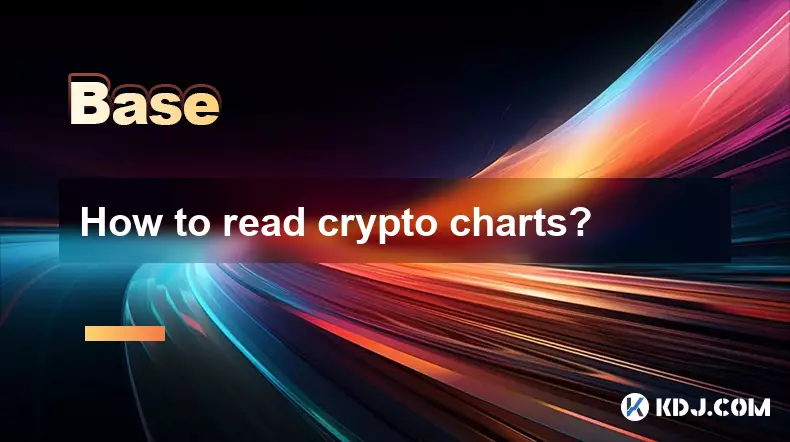-
 Bitcoin
Bitcoin $113200
1.54% -
 Ethereum
Ethereum $4368
1.43% -
 XRP
XRP $3.022
4.23% -
 Tether USDt
Tether USDt $0.0000
-0.01% -
 BNB
BNB $883.5
0.92% -
 Solana
Solana $219.5
5.29% -
 USDC
USDC $0.9997
-0.02% -
 Dogecoin
Dogecoin $0.2411
3.66% -
 Cardano
Cardano $0.8908
5.48% -
 TRON
TRON $0.3349
0.94% -
 Hyperliquid
Hyperliquid $54.50
8.93% -
 Chainlink
Chainlink $23.73
5.54% -
 Ethena USDe
Ethena USDe $1.001
-0.01% -
 Sui
Sui $3.602
5.47% -
 Stellar
Stellar $0.3861
5.90% -
 Bitcoin Cash
Bitcoin Cash $585.1
-1.13% -
 Avalanche
Avalanche $26.09
4.37% -
 Hedera
Hedera $0.2325
5.06% -
 UNUS SED LEO
UNUS SED LEO $9.549
-0.23% -
 Litecoin
Litecoin $114.2
1.13% -
 Cronos
Cronos $0.2502
-2.95% -
 Toncoin
Toncoin $3.134
1.24% -
 Shiba Inu
Shiba Inu $0.00001307
4.10% -
 Polkadot
Polkadot $4.148
3.50% -
 Uniswap
Uniswap $9.759
3.47% -
 Ethena
Ethena $0.8495
11.24% -
 World Liberty Financial
World Liberty Financial $0.2188
3.76% -
 Dai
Dai $0.9997
-0.03% -
 Monero
Monero $271.7
0.21% -
 Aave
Aave $309.2
2.95%
What is the Purpose of a Blockchain Node?
Blockchain nodes ensure decentralization, validate transactions, and maintain network security through consensus, enabling trustless, tamper-resistant digital ecosystems.
Sep 09, 2025 at 10:00 am

Understanding the Role of Blockchain Nodes
1. A blockchain node serves as a fundamental component of any decentralized network, ensuring the integrity and continuity of the system. Each node stores a copy of the blockchain ledger, allowing for transparency and trustless verification across the network. This distributed storage prevents single points of failure and enhances resistance to censorship.
2. Nodes validate transactions by checking digital signatures, ensuring sufficient funds, and confirming adherence to network protocols. Once verified, these transactions are grouped into blocks and propagated across the network for further validation by other nodes.
3. By participating in consensus mechanisms such as Proof of Work or Proof of Stake, nodes help secure the network and maintain agreement on the current state of the blockchain. This collective agreement prevents double-spending and ensures data consistency across all participants.
4. Nodes also relay information between peers, forming a peer-to-peer communication layer that enables fast and efficient dissemination of transaction and block data. This decentralized communication model strengthens network resilience against attacks and outages.
5. Different types of nodes—full nodes, light nodes, and mining nodes—fulfill specialized roles within the ecosystem. Full nodes download and verify the entire blockchain, while light nodes rely on full nodes for partial data access, optimizing performance for devices with limited resources.
Nodes Enable Decentralization and Trustless Verification
1. The presence of numerous independent nodes across the globe eliminates reliance on centralized authorities. No single entity controls the network, making it resistant to manipulation and downtime caused by centralized failures.
2. Full nodes independently verify every transaction and block against consensus rules, meaning users do not need to trust third parties. This trustless verification is foundational to the credibility of cryptocurrencies like Bitcoin and Ethereum.
3. When users run their own nodes, they achieve full autonomy over their transactions and balances. They can validate received payments directly without depending on external services, enhancing personal security and privacy.
4. Decentralized validation discourages malicious behavior, as any invalid data introduced into the network is immediately rejected by honest nodes. This self-regulating mechanism ensures long-term network stability.
5. The more nodes active in a network, the higher the degree of decentralization and security. Widespread node distribution makes it extremely difficult for attackers to gain control over a majority of the network’s computational power or influence.
Mining and Staking Nodes Contribute to Network Security
1. In Proof of Work blockchains, mining nodes compete to solve complex cryptographic puzzles, using computational power to add new blocks. These nodes are rewarded with newly minted coins and transaction fees, incentivizing honest participation.
2. Mining nodes not only secure the network but also ensure that transaction processing remains distributed. Their work confirms the chronological order of transactions and prevents rollback attacks.
3. In Proof of Stake systems, staking nodes are selected to create new blocks based on the amount of cryptocurrency they hold and are willing to 'stake' as collateral. This reduces energy consumption compared to mining while maintaining security.
4. Staking nodes must remain online and follow protocol rules; otherwise, they risk losing part of their stake through penalties known as slashing. This economic disincentive reinforces honest behavior.
5. Both mining and staking nodes contribute to finality—the point at which transactions become irreversible. Their continuous operation ensures that the blockchain progresses securely and predictably.
Common Questions About Blockchain Nodes
What happens if a node goes offline?When a node disconnects, it stops receiving new blocks and transactions. Upon reconnecting, it synchronizes with the network by downloading missed data from peers. Temporary disconnection does not result in permanent data loss if the node resumes operation.
Can running a node generate income?Yes, in certain networks. Mining nodes earn block rewards and fees in Proof of Work systems. Staking nodes receive staking rewards in Proof of Stake blockchains. Regular full nodes that do not mine or stake typically do not earn direct financial rewards.
Is it safe to run a node at home?Running a node is generally safe. It involves downloading open-source software and maintaining an internet connection. The node does not expose private keys unless integrated with a wallet. Users should ensure proper firewall settings and keep software updated to minimize risks.
Do all cryptocurrencies require nodes?Yes, every blockchain-based cryptocurrency relies on nodes to function. The structure and requirements vary—some networks have fewer full nodes due to high storage demands, but some form of node presence is essential for decentralization and operation.
Disclaimer:info@kdj.com
The information provided is not trading advice. kdj.com does not assume any responsibility for any investments made based on the information provided in this article. Cryptocurrencies are highly volatile and it is highly recommended that you invest with caution after thorough research!
If you believe that the content used on this website infringes your copyright, please contact us immediately (info@kdj.com) and we will delete it promptly.
- Fidelity, Ethereum, and Tokenized Money Market Funds: A Wall Street Thaw?
- 2025-09-09 20:45:12
- Hong Kong, Stablecoins, and Mining Contracts: A New Era for Crypto?
- 2025-09-09 20:45:12
- Solana Meme Coins: Riding the Viral Value Wave
- 2025-09-09 20:50:12
- Gemini, Nasdaq, and Investment: A New Era for Crypto?
- 2025-09-09 21:45:15
- Pi Network's Potential Collapse: Investor Losses and Lessons Learned
- 2025-09-09 20:50:12
- BlockchainFX: The Crypto Super App Redefining Decentralized Finance
- 2025-09-09 20:25:16
Related knowledge

What is social recovery for wallets?
Sep 09,2025 at 09:54am
Understanding Social Recovery in Cryptocurrency Wallets1. Social recovery is a security mechanism designed to help users regain access to their crypto...

How to revoke token approvals?
Sep 09,2025 at 12:18am
Understanding Token Approvals in the Crypto Ecosystem1. Token approvals are a foundational component of blockchain interactions, especially within dec...

What is a crypto sandbox?
Sep 09,2025 at 07:01pm
Understanding the Concept of a Crypto Sandbox1. A crypto sandbox is a controlled environment where blockchain and cryptocurrency projects can operate ...

What does "gm" mean in crypto?
Sep 09,2025 at 09:00pm
Understanding 'GM' in the Crypto Community1. The term 'gm' stands for 'good morning' and has become a widely used greeting within the cryptocurrency s...

How to read crypto charts?
Sep 08,2025 at 11:36pm
Understanding the Basics of Crypto Chart Types1. The most common chart type used in cryptocurrency trading is the candlestick chart. Each candlestick ...

What are Real World Assets (RWA)?
Sep 09,2025 at 06:37am
Understanding Real World Assets in the Cryptocurrency Ecosystem1. Real World Assets, commonly referred to as RWA, represent physical or traditional fi...

What is social recovery for wallets?
Sep 09,2025 at 09:54am
Understanding Social Recovery in Cryptocurrency Wallets1. Social recovery is a security mechanism designed to help users regain access to their crypto...

How to revoke token approvals?
Sep 09,2025 at 12:18am
Understanding Token Approvals in the Crypto Ecosystem1. Token approvals are a foundational component of blockchain interactions, especially within dec...

What is a crypto sandbox?
Sep 09,2025 at 07:01pm
Understanding the Concept of a Crypto Sandbox1. A crypto sandbox is a controlled environment where blockchain and cryptocurrency projects can operate ...

What does "gm" mean in crypto?
Sep 09,2025 at 09:00pm
Understanding 'GM' in the Crypto Community1. The term 'gm' stands for 'good morning' and has become a widely used greeting within the cryptocurrency s...

How to read crypto charts?
Sep 08,2025 at 11:36pm
Understanding the Basics of Crypto Chart Types1. The most common chart type used in cryptocurrency trading is the candlestick chart. Each candlestick ...

What are Real World Assets (RWA)?
Sep 09,2025 at 06:37am
Understanding Real World Assets in the Cryptocurrency Ecosystem1. Real World Assets, commonly referred to as RWA, represent physical or traditional fi...
See all articles
























































































